H&M began as Hennes in 1947, a women's clothing store in Sweden, established by Erling Persson. In 1968, after acquiring Mauritz Widforss, it rebranded to H&M and expanded its offerings to include menswear. The 1980s saw significant growth as the brand entered various European markets, revolutionizing the fashion retail landscape. Throughout the years, H&M has engaged in high-profile collaborations, notably with Karl Lagerfeld, and has made strides in sustainability with initiatives like the H&M Conscious line. However, the brand has also faced scrutiny over labor practices, illuminating the complex interplay between retail success and ethical considerations. Understanding these dynamics is essential for gaining deeper insights into H&M's ongoing evolution and future trajectory.
Founding Years: 1947-1959

How did a small women's clothing store in Sweden evolve into a global retail giant? It all began in 1947 when Erling Persson founded H&M, initially named "Hennes," in Västerås, Sweden. This first store exclusively catered to women's clothing, laying the groundwork for a brand that would soon capture the hearts of shoppers across the globe. By 1952, Hennes expanded to Stockholm, signaling the start of a significant growth phase.
In just a few years, the store's rapid expansion became evident; by 1954, Hennes took a full-page color advertisement in Sweden's largest daily newspaper, capturing the attention of the retail industry. This marketing strategy showcased not only the brand's commitment to women's fashion but also its ambition to scale.
The pivotal moment arrived in 1968 when Hennes acquired Mauritz Widforss, leading to a rebranding as Hennes & Mauritz (H&M). This transformation marked a shift towards a more diverse product offering, setting the stage for future success. By the end of the 1950s, H&M had firmly established itself as a key player in the retail landscape, poised for even greater achievements.
Expansion and Rebranding: 1960-1979
By the late 1960s, H&M had undergone a significant transformation, expanding its reach and redefining its identity in the retail market. The acquisition of Mauritz Widforss in 1968 marked a pivotal moment, leading to the rebranding as Hennes & Mauritz. This strategic move allowed H&M to diversify its product offerings by incorporating menswear, appealing to a broader customer base. By 1969, the company had established 42 stores and initiated international growth with its first store opening in Norway, laying the groundwork for future expansion.
H&M's rebranding efforts further intensified with the launch of an underwear line in 1973, featuring ABBA's Anni-Frid Lyngstad as a model, which enhanced the brand's allure. By 1974, H&M reached a significant milestone by being listed on the Stockholm Stock Exchange, elevating its corporate visibility and credibility. The company continued to innovate by 1977, introducing the Impuls concept targeting teens and expanding into cosmetics. This diversification not only broadened H&M's market reach but also solidified its position as a trendsetter in the retail landscape, setting the stage for future success.
Global Growth: 1980-1999
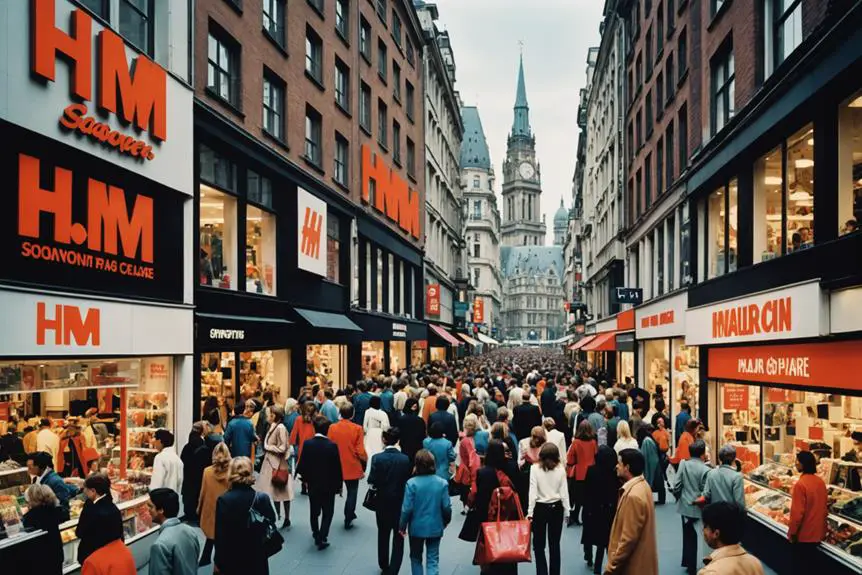
The momentum of growth in the 1980s and 1990s propelled H&M into a new era of global prominence, reshaping the retail landscape. When Stefan Persson took the helm as CEO in 1982, he initiated transformative strategies that would define the company's trajectory. H&M's acquisition of Rowells in 1980 allowed it to enter the mail order fashion market, expanding its reach beyond physical stores and enhancing accessibility for consumers.
In the 1990s, H&M launched annual underwear campaigns featuring supermodel Elle Macpherson, considerably boosting brand visibility and establishing a connection with fashion-savvy audiences. This innovative marketing coincided with H&M's strategic expansion into four new European markets, further solidifying its position as a top global fashion retailer.
Innovation and Sustainability: 2000-2019
As H&M solidified its global presence in the late 1990s, the new millennium ushered in a period marked by a heightened focus on innovation and sustainability. In 2000, you saw H&M open its flagship store on Fifth Avenue, a bold expansion into the U.S. market. This move not only showcased H&M's growth ambitions but also its commitment to becoming a key player in the fashion industry.
By 2002, the release of H&M's first Corporate Social Responsibility Report emphasized the brand's dedication to sustainability and ethical practices. The groundbreaking designer collaboration with Karl Lagerfeld in 2004 made high-fashion accessible, setting a precedent for future partnerships.
As online sales began to flourish, H&M's digital efforts, initiated in 1998, culminated in a remarkable revenue increase of 126% by 2019. In 2010, the company launched its first sustainable materials collection, alongside a garment collecting program aimed at reducing environmental impact. These initiatives not only reinforced H&M's position as an industry leader but also highlighted its proactive approach to corporate social responsibility, aligning profit with purpose in a rapidly evolving fashion landscape.
Recent Developments: 2020-Present
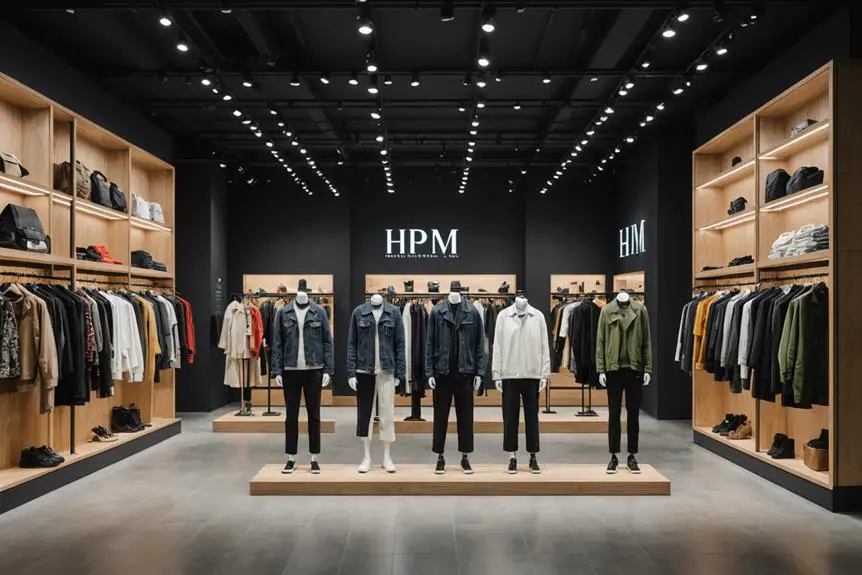
Steering a rapidly evolving retail landscape, H&M has embraced a series of strategic developments from 2020 to the present that underscore its commitment to sustainability and innovation. Following a leadership change in 2020, with Karl-Johan Persson as chair and Helena Helmersson as CEO, H&M set ambitious climate targets for 2030 and 2040. These targets aim for a significant reduction in the company's environmental impact, positioning H&M as a leader among fashion brands in sustainability.
In 2022, H&M expanded its product offerings by launching the H&M Move sports brand, demonstrating versatility in its market approach. The establishment of Looper Textile Co. in 2023 marked a pivotal moment for H&M's commitment to textile recycling and sustainability. This joint venture aims to enhance recycling efforts, reflecting the brand's dedication to reducing waste.
Furthermore, H&M's global expansion is evident as it operates in over 75 markets, with nearly 60 of those offering online sales. This adaptation to digital retail trends not only broadens H&M's customer reach but also aligns with its sustainable initiatives, ensuring the brand remains competitive in a fast-changing retail environment.
Collaborations and Marketing Strategies
Countless collaborations and innovative marketing strategies have propelled H&M into the spotlight of the fast-fashion industry, showcasing its ability to blend high fashion with accessibility. The H&M brand has strategically partnered with renowned designers like Karl Lagerfeld in 2004 and Alexander Wang in 2014, creating collections that democratize luxury. These collaborations not only elevate the brand's profile but also attract fashion enthusiasts keen for trendy, affordable pieces.
H&M's marketing campaigns are equally impactful. The 2016 holiday film directed by Wes Anderson captured audiences' attention, while the fall 2017 empowerment campaign featuring supermodel Naomi Campbell resonated with consumers' values. Such initiatives enhance brand visibility and appeal to diverse demographics, solidifying H&M's position in the competitive fashion business.
Additionally, the introduction of annual underwear campaigns, beginning with supermodel Elle Macpherson in 1990, marked a significant evolution in H&M's marketing approach. This strategy established a recognizable and aspirational image for the brand. Over the years, H&M has consistently employed innovative promotional tactics, such as full-page color ads, to guarantee it remains at the forefront of consumers' minds, thereby reinforcing its market presence.
Labor Practices and Ethical Challenges
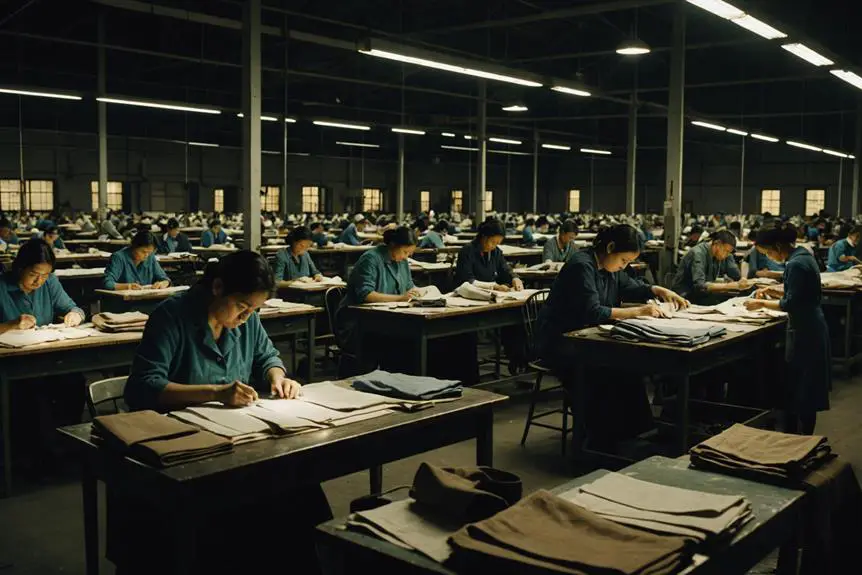
The labor practices and ethical challenges faced by H&M have drawn significant scrutiny as the brand navigates the complexities of the global fashion industry. With the rise of fast fashion, H&M's supply chain has been under the microscope for issues like forced labor and child labor, raising concerns about sustainability and ethical sourcing.
Consider these alarming facts:
- Allegations of forced labor in Uzbekistan and child labor in Myanmar highlight the dark side of fast fashion.
- Nearly 300 workers fainted in Cambodia due to horrific working conditions, revealing the pressing need for improved workplace safety.
- Following the 2013 Rana Plaza disaster, which claimed over 1,100 lives, H&M signed the Accord on Factory and Building Safety, yet ongoing controversies persist.
While the H&M Foundation aims to address these ethical challenges, the brand's sustainability report must reflect real change. Transparency in labor practices is vital for earning consumer trust and ensuring global sustainability. As you engage with H&M, it is important to remain aware of these issues and demand accountability in their operations.
Frequently Asked Questions
What Is the History of the Hm?
You've asked about H&M's history, which reflects its evolution from a small women's clothing store in Sweden to a global fashion powerhouse, expanding through acquisitions, international stores, and a strong online presence over decades.
What Is the Story Behind H and M?
You'll find H&M's story reflects a journey of innovation and adaptation. It started with a focus on women's fashion, eventually evolving to include menswear and sustainable practices, gaining global recognition for affordability and style.
What Does the H&M Logo Stand For?
The H&M logo stands for "Hennes & Mauritz," reflecting the brand's evolution from a women's clothing store to an extensive fashion retailer. Its bold red font symbolizes energy, accessibility, and a commitment to trendy, affordable fashion.
What Is HM Famous For?
You're likely aware that H&M's famous for its trendy, affordable fashion. The brand excels in making stylish clothing accessible, engaging in high-profile collaborations, and promoting sustainability initiatives, all while maintaining a strong global retail presence.
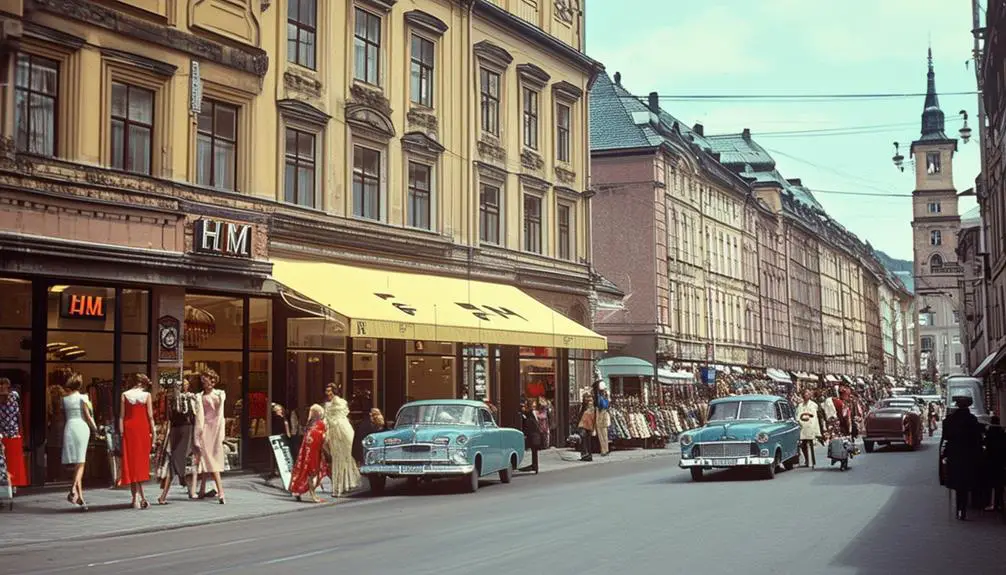

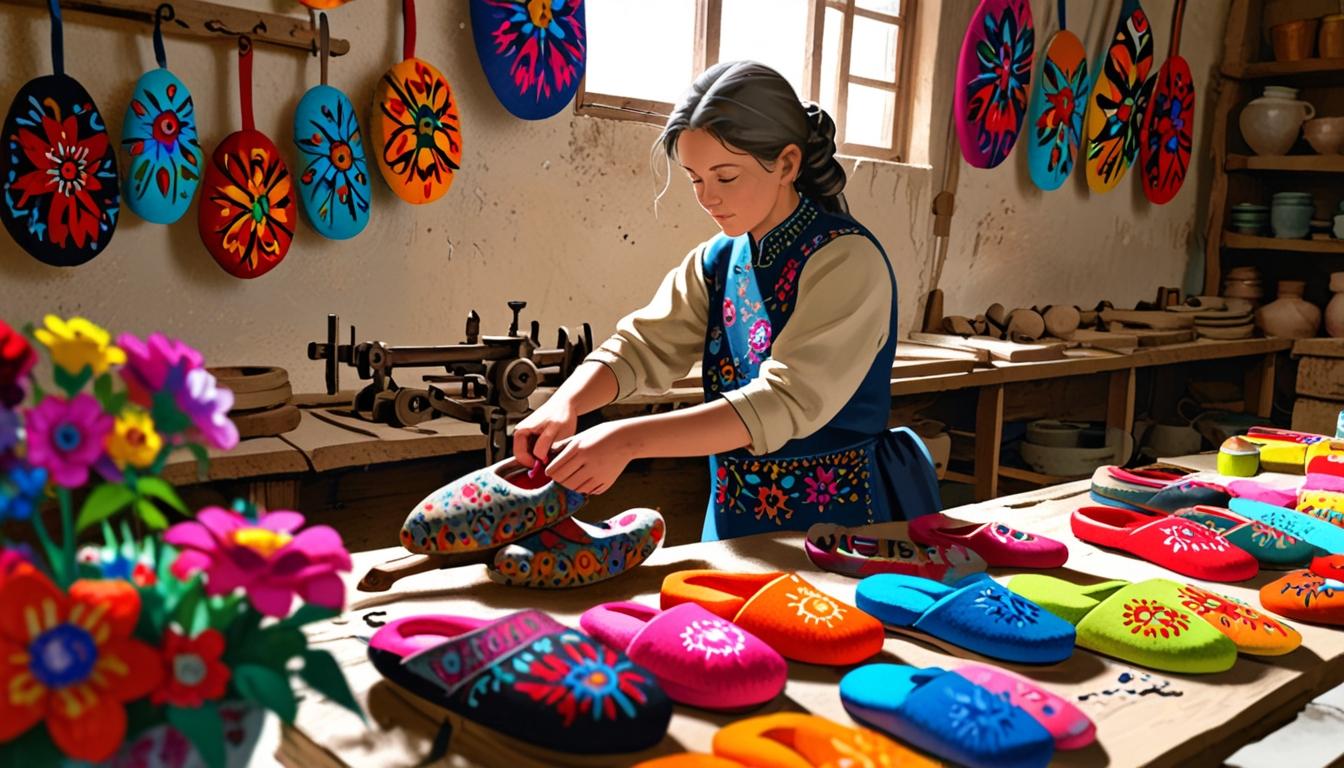

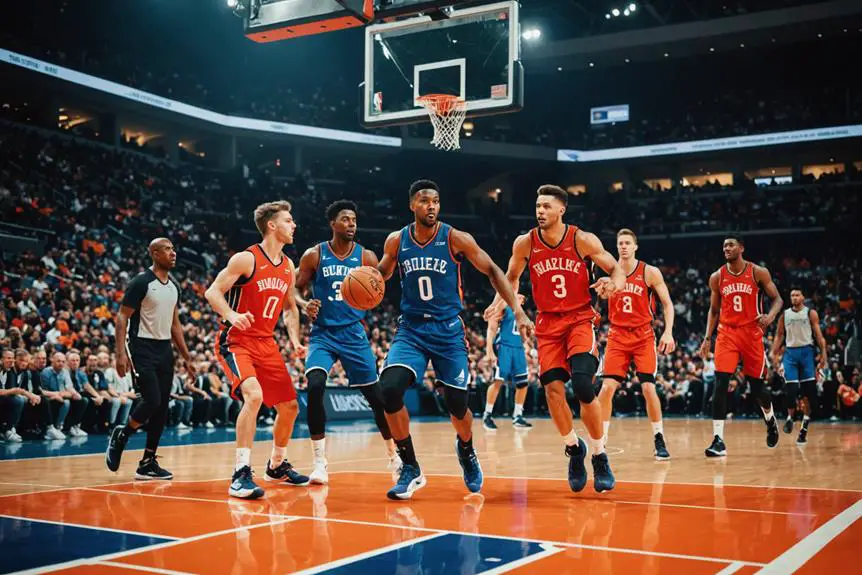
Your article helped me a lot, is there any more related content? Thanks!
https://objectstorage.ap-tokyo-1.oraclecloud.com/n/nrswdvazxa8j/b/digi510sa/o/research/digi510sa-(36).html
This deco-inspired robe will shimmer in pictures and stun on the dance flooring.
Can you be more specific about the content of your article? After reading it, I still have some doubts. Hope you can help me.
I was recommended this web site through my cousin. I am now not certain whether or not this put up is written by means of him as nobody else realize such exact approximately my problem.
You are incredible! Thank you!
This paragraph is genuinely a fastidious one it assists new the web viewers, who
are wishing for blogging.
I don’t think the title of your article matches the content lol. Just kidding, mainly because I had some doubts after reading the article. https://www.binance.com/ph/register?ref=B4EPR6J0